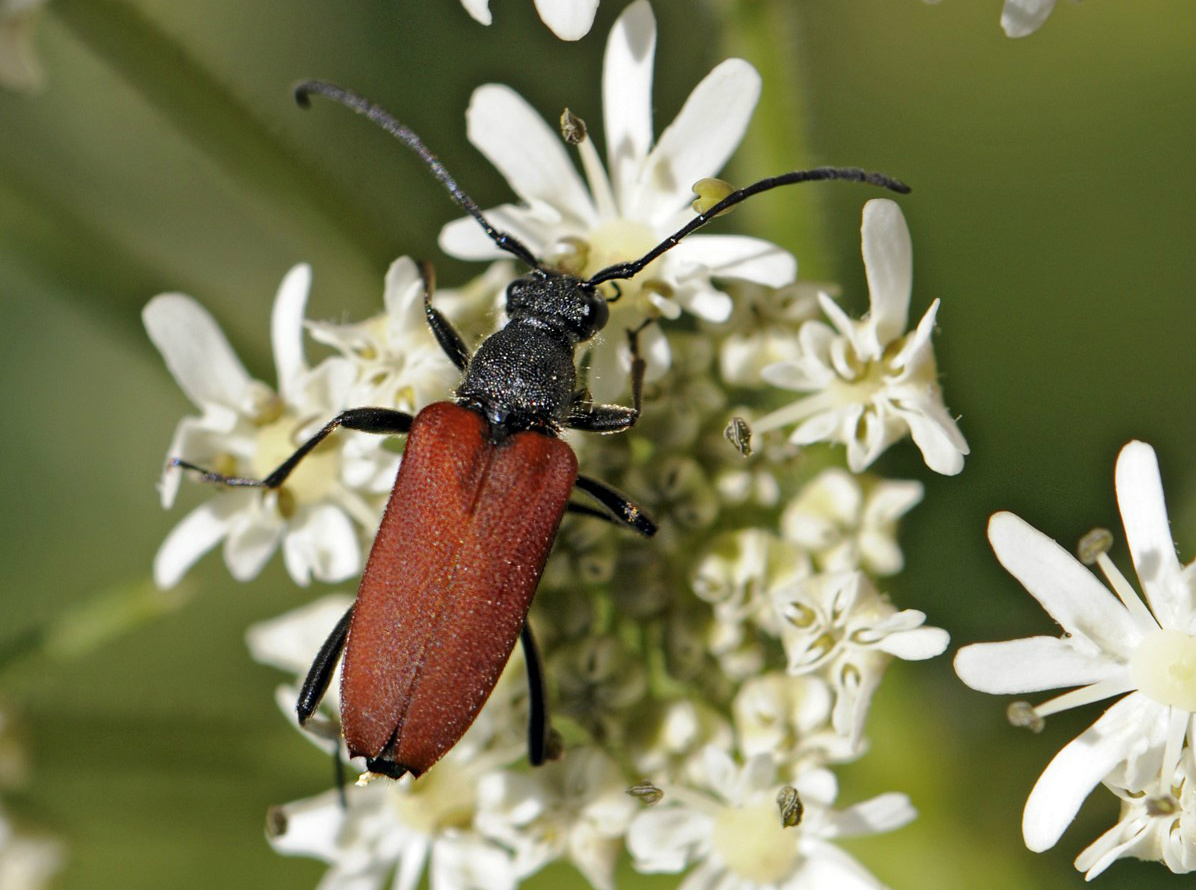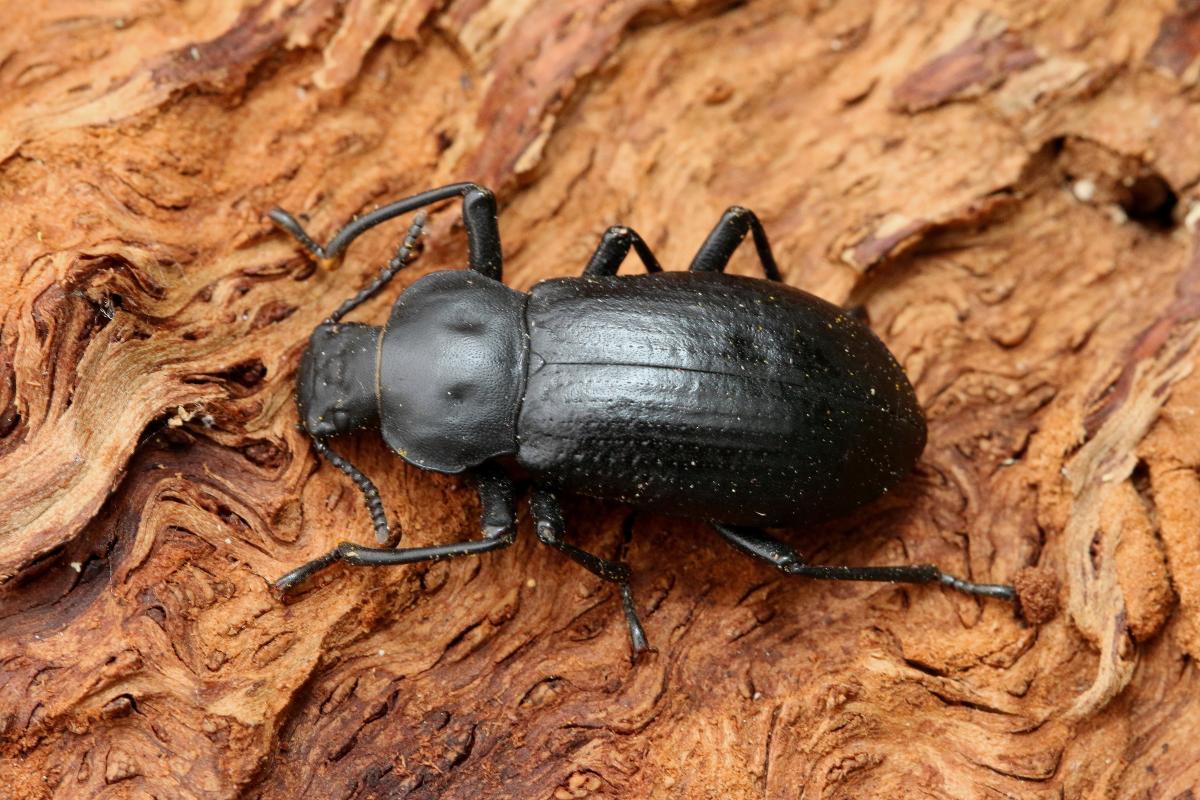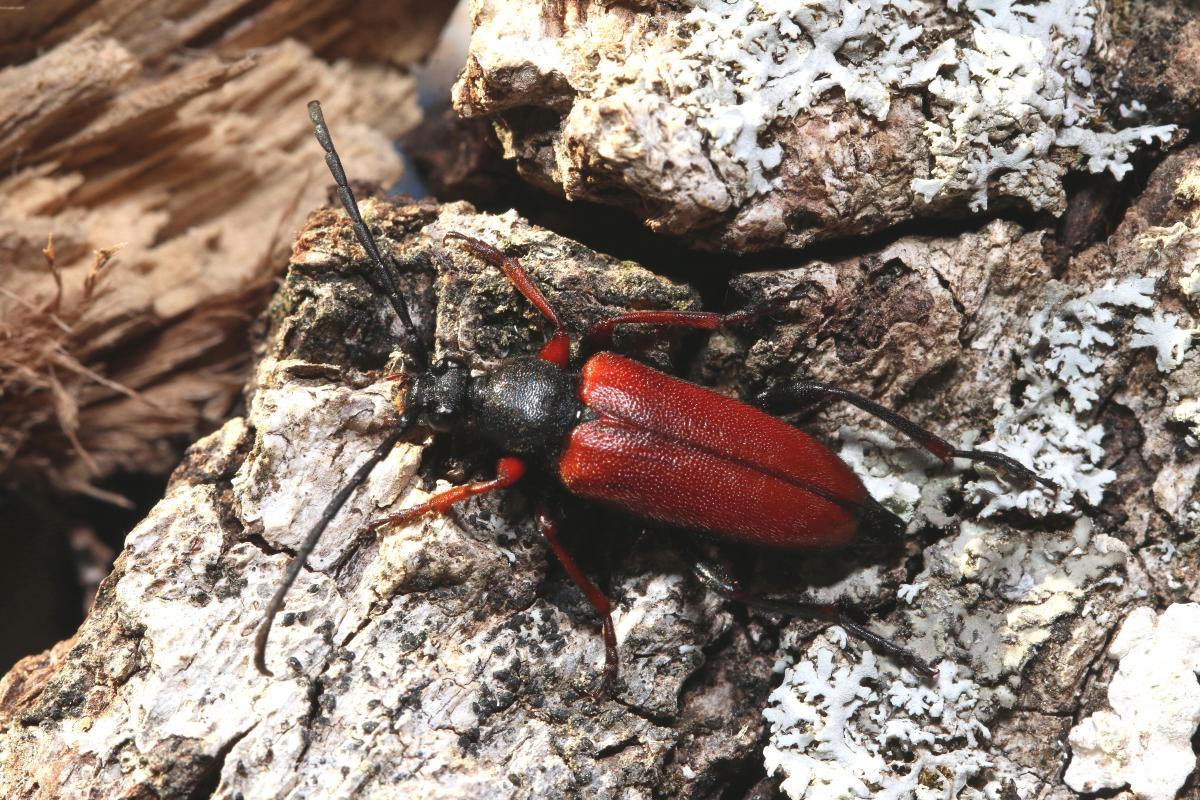Loss of old trees threatens survival of wood-dependent beetles – IUCN Red List
Brussels, 5 March 2018 (IUCN) – Almost a fifth (18%) of European saproxylic beetles assessed so far are at risk of extinction due to ongoing decline in large veteran trees across Europe, a new IUCN report has found.
Saproxylic beetles depend on dead and decaying wood for at least part of their lifecycle, and are involved in decomposition processes and the recycling of nutrients in natural ecosystems. They also provide an important food source for birds and mammals, and some species are even involved in pollination.
The new European Red List of Saproxylic Beetles by the International Union for Conservation of Nature (IUCN) assesses the conservation status of almost 700 species of saproxylic beetles. Around 80 European experts across Europe contributed to the project which was funded by the European Commission and through a LIFE grant.
“The IUCN Red List gives us key intelligence for understanding the status of saproxylic beetles and highlighting conservation priorities to ensure their long term survival,” says Jane Smart, Director, IUCN Global Species Programme. “Some beetle species require old trees that need hundreds of years to grow, so conservation efforts need to focus on long-term strategies to protect old trees across different landscapes in Europe, to ensure that the vital ecosystem services provided by these beetles continue.”
Due to their dependence on dead or decaying wood, the loss of trees across Europe is the main driver of decline in saproxylic beetle populations. Loss of ancient and veteran trees, tree age structure gaps, degraded landscapes that are unfriendly to tree growth, and indiscriminate felling for spurious health and safety reasons all contribute to the loss and degradation of suitable saproxylic beetle habitat.
Stictoleptura erythroptera, for example, needs large veteran trees with cavities, and is therefore dependent on the preservation of old trees. This species was assessed as Vulnerable, and its main threat is the continuing loss of old trees across its range.
However, some progress has been made in the forestry sector, and the importance of deadwood is being increasingly acknowledged in many countries.
“The amount of dead wood in European forests has steadily increased in recent years also due to the integration of the requirements of EU nature and biodiversity policy into forest management plans”, says Humberto Delgado Rosa, Director for Natural Capital, DG Environment, European Commission. “This is having a positive impact on saproxylic beetle populations and demonstrates that the adequate mainstreaming and implementation of the EU environmental policies brings results."
Other major threats identified include urbanisation, touristic development, and an increase in the frequency and intensity of wildfires in the Mediterranean region. Iphthiminus italicus, for example, has been assessed as Endangered due to large-scale silvicultural activities and an increasing frequency of wildfires. The report also highlights that there is a lack of data for many species.
“The population trend of half the species assessed remains unknown,” says Keith Alexander, IUCN Saproxylic Beetles Specialist Advisor. “Furthermore, a quarter of the species were assessed as Data Deficient, which strongly indicates that more monitoring is urgently needed.”
The report recommends that conservation strategies for European saproxylic beetles with the highest risk of extinction should be developed and implemented, and that best habitat management practices be broadly adopted. Public awareness should also be raised about the importance of trees for saproxylic beetle conservation.
“It is critical for the Common Agricultural Policy to promote the appropriate management of wood pasture habitats containing veteran trees across Europe,” says Luc Bas, Director, IUCN European Regional Office. “Currently, management practices lead to the transformation of wood pastures into either woodland or grassland, destroying the essential vegetation mosaic many saproxylic beetles need.”
For more information or interviews please contact:
Marc Hall, Junior Communications Officer, IUCN European Regional Office, +32 2 739 0101, marc.hall@iucn.org






